Blasphemous 2 (PC, Steam Deck) Review
The Miracle Clings to Life Which Must be Extinguished for Good
Few games are as visually arresting and evocative as Blasphemous, a stunning action game that saw the bloody trials and arduous tribulations of The Penitent One against his fated struggle against the cosmic force hovering over the land of Cvstodia, The Miracle, a being whose forces are typically marked in gold and often accompanied by twisted roots and sharp thorns. Each of those monstrosities fell to the sword of The Penitent One, who ended his battles with a well-deserved rest in a coffin of stone. Hundreds of years after the events of the first game’s expanded chapter, Wounds of Eventide, the burdened warrior is called to arms once more to stop the birth of a new avatar of The Miracle in a land stricken by strife and hardship whose people cling to that ancient worship. This is the backdrop of Blasphemous 2, a return to duty as the nightmare seeps from the depths once more.
Blasphemous 2 continues to carry the banner of the countless Metroidvania games before it, though slightly veiling its unique personality this time around. The game displays all the proudly crafted facets the genre has determined through more than 30 years of iteration through the near-perfect assembly of these elements yet exists as the product of a mold rather than an additional sculpture to fill the gallery. Unfortunately, the sequel lives in the shadow of a game that stood out with an unmistakable look to its presentation. On top of that, the original Blasphemous has seen several enhancements since its release, making it an incredible package for those willing to walk the path of penitence. While I never overcame every challenge in the original game, primarily due to the sheer amount of skill it took to do so, I have completed almost every obstacle in the sequel. More than anything, Blasphemous 2 feels like a game trying to shoulder up against other mainstream properties in its genre.
This is felt most prominently in the sequel’s approach to cutscenes. For those who haven’t seen the first game much, Blasphemous has these beautiful, pixelated scenes that are full of grotesque actions, creatures, and symbolism. Blasphemous 2 opts instead for a more traditional line art to its animations, buffing away the edge and impact that was so sharp in the first title and therefore diminishing similar themes. Granted, Blasphemous was a project that spent many years in development, while Blasphemous 2 was created in a shorter period. Furthermore, I don’t doubt that in a few years, the sequel will be polished to the same extremes as the first game, provided the studio remains able. Because of this slight change in presentation, Blasphemous 2 lacks the texture of the first game and I had a harder time engaging with its core narrative. It was only through a bit of extra reading that I came to appreciate the story Blasphemous 2 was going for.
This is a return to battle for The Penitent One, who must lower a risen city that rests on the shoulders of massive statues called the City of the Blessed Name. To do so, players must travel through a collection of haunting locales – with a few having elements of familiarity to any who have visited Cvstodia before – and face powerful bearers of the Three Regrets. From there, they must find five keys to reach the final summit and face the entity born of leftover belief in The Miracle. Rather than wield the Mea Culpa sword again to thwart these new manifestations of a twisted deity, The Penitent One is given a choice at the start of their adventure between three weapons.
Ruego Al Alba is a balanced sword that eventually allows one to imbue the blade with blood for increased ferocity. Veridicto is a heavy hammer-flail censer, offering extended reach and measured strength with a side of fiery retribution. Last of the choices is Sarmiento and Centella, a slender sword paired with a dagger that builds electricity through repeated strikes. Each weapon also has an ability that allows for traversal such as the ability to warp between mirrors with Sarmiento and Centella or being able to slice through root-mired gates through Ruego Al Alba’s plunging strike. As enemies are slain, points can be distributed to remember weapon memories which increases their effectiveness in combat, allowing for engaging progression and giving further reason for taking down foes. Alongside this are two types of prayers that act as spells such as the ability to throw flaming projectiles or summon a pillar of light.
Further character development and customization come in the form of rosary beads and an array of Altarpieces. Rosary beads usually have simple defensive properties such as taking less damage from Miasma or Mystic sources while there is far more depth to unearth in Altarpieces. The Penitent One can carry a max of eight figures arranged in four pairs. These items add substantial bonuses such as more stun damage or faster dodging but certain pairs unlock additional rewards. This creates a wealth of gameplay possibilities that reward experimentation. These systems are a pleasant addition to an already interesting combat system that requires one to understand enemy movement and animation timing.
At its best, Blasphemous 2’s battles draw in the player through a multitude of options with several solutions to combat encounters. Damage types and stunning foes all should be considered while also deftly dancing through swings with well-timed slides and jumps. Positioning and timing are key in Blasphemous 2, though the most skilled players will find themselves gliding from move to move across all three weapons depending on their immediate needs. Weapon cycling can feel a little strange since the swap button cycles between three options but overall the action and movement all feel solid in this game, if not a bit safe.
Blasphemous 2 does a lot of things right with a level of polish that will captivate most audiences. However, the game doesn’t aim to do much more than create a good Metroidvania, ultimately lacking in areas to allow it to stand out. For instance, though the game’s combat is full of possibilities, there are fewer opportunities to master the game’s systems such as a boss rush mode or optional creatures that promise enchanting rewards. Sprinkling a few optional, exceptionally dangerous monsters through the map would have done wonders for the game overall. Thankfully, the game’s map design and general progression curve are a joy to experience. I imagine this is how Sodoku experts feel when they come across a particularly pleasing puzzle; I got a nice tingly sensation in my mind while combing through this game as a veteran of this genre. Even better, there are many sections of the game where players can tackle areas of their choosing. Picking one of the three weapons at the start and having areas that cater to each one is brilliant and allows for a lot of self-imposed challenges and rewarding those who enjoy speedrunning.
Beyond playing this bloody adventure (though it does feel a touch tamed down compared to the first game) there is a lot of rich lore to uncover through item descriptions. These offer plentiful paragraphs for anyone eager to delve deeper into the game. There’s not much to worry about for those trying to get all the items or ensure they can get the second ending. One can’t really screw up a side quest as there are ways to gain items should those characters exit the stage. It doesn’t create needless friction to see everything the game has to offer, though there are a few areas I would like to see play out differently in subsequent playthroughs. Additionally, Blasphemous 2 also features compelling voice acting and even launched with a full Spanish dub for added cultural connection.
Where Blasphemous 2 continues to shine brightest are the creature designs and the game’s incredible soundtrack. There are truly breathtaking scenes to be found and the concept art for this game is just as jaw-dropping as the first. Each musical composition feels masterful, filled with intriguing Spanish guitar sequences and soul-filling strings. No matter what state the game ends up in, the music and artwork that went into Blasphemous 2 are amazing achievements that will assuredly stand the test of time. Through the concept art especially, one can feel the provocative themes of birth, parenthood, siblings, abortion, and more all ringing through the various designs. There’s a father desperately trying to feed his dying child by grafting his wife’s breast to his own chest. In another scene, a mourning mother asks for a lullaby to put her child at rest. The being that bestows our health and the energy to wield prayers is steadily being flayed by cherubs, a potential artistic commentary of the physical sacrifice mothers make for their children. There’s a horrific beauty to the designs found in Blasphemous 2, though I think the aforementioned concept art captures the gravitas a little more than the in-game renditions.
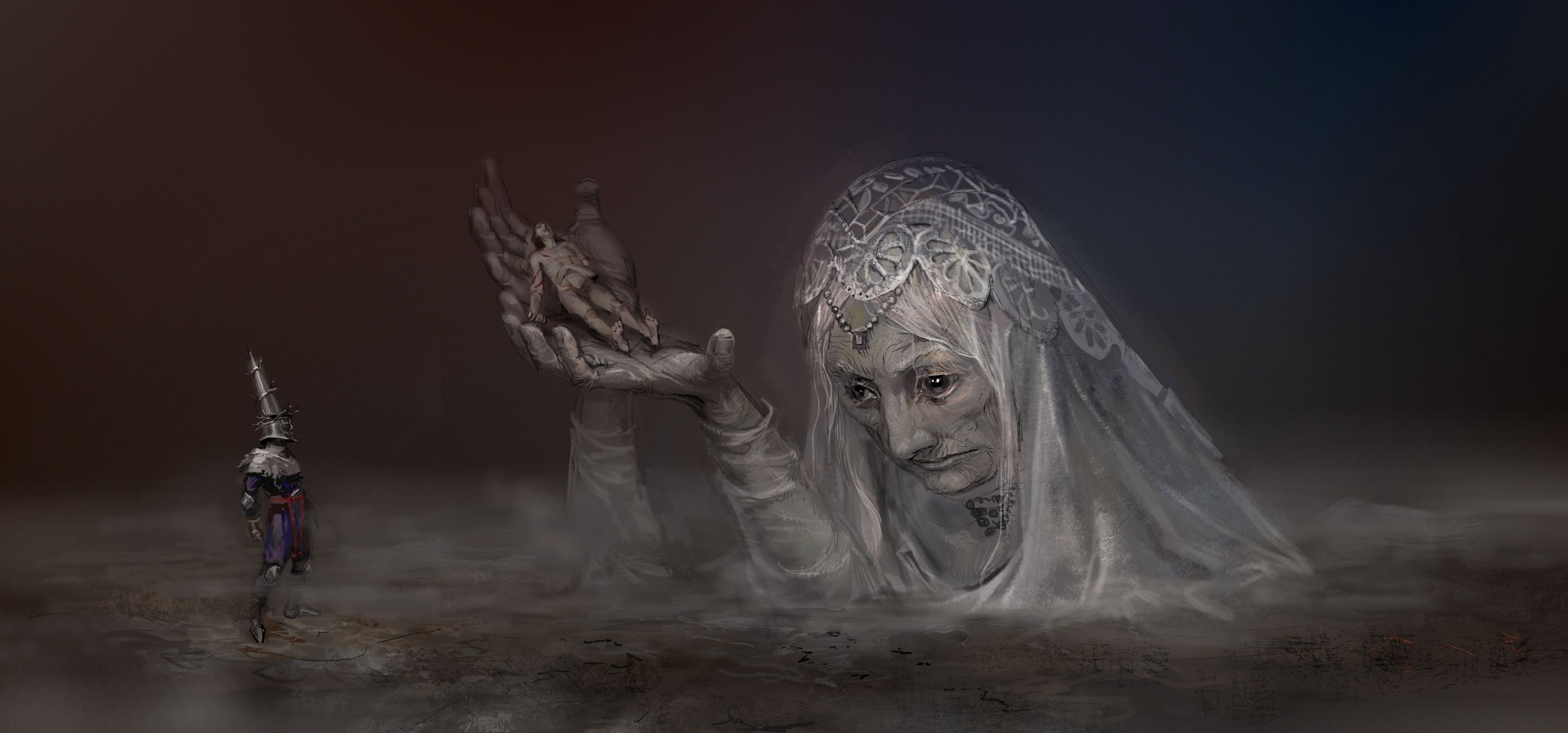
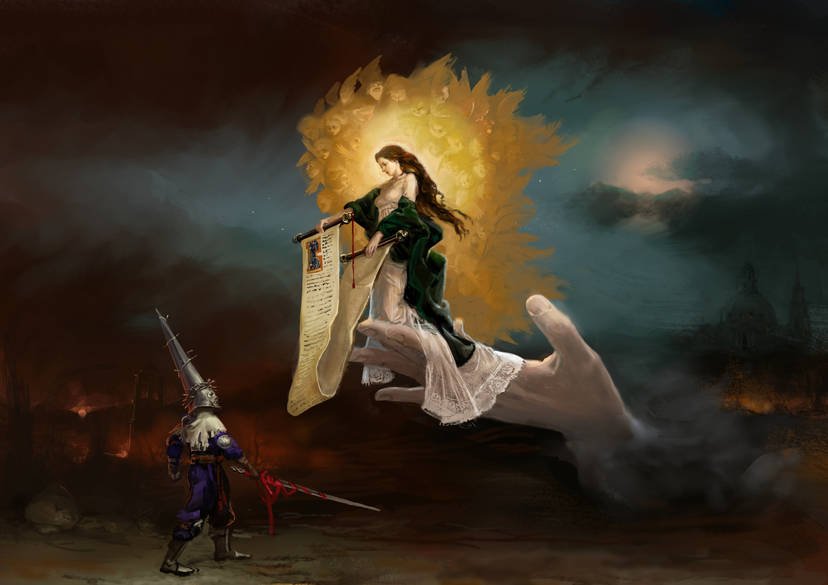

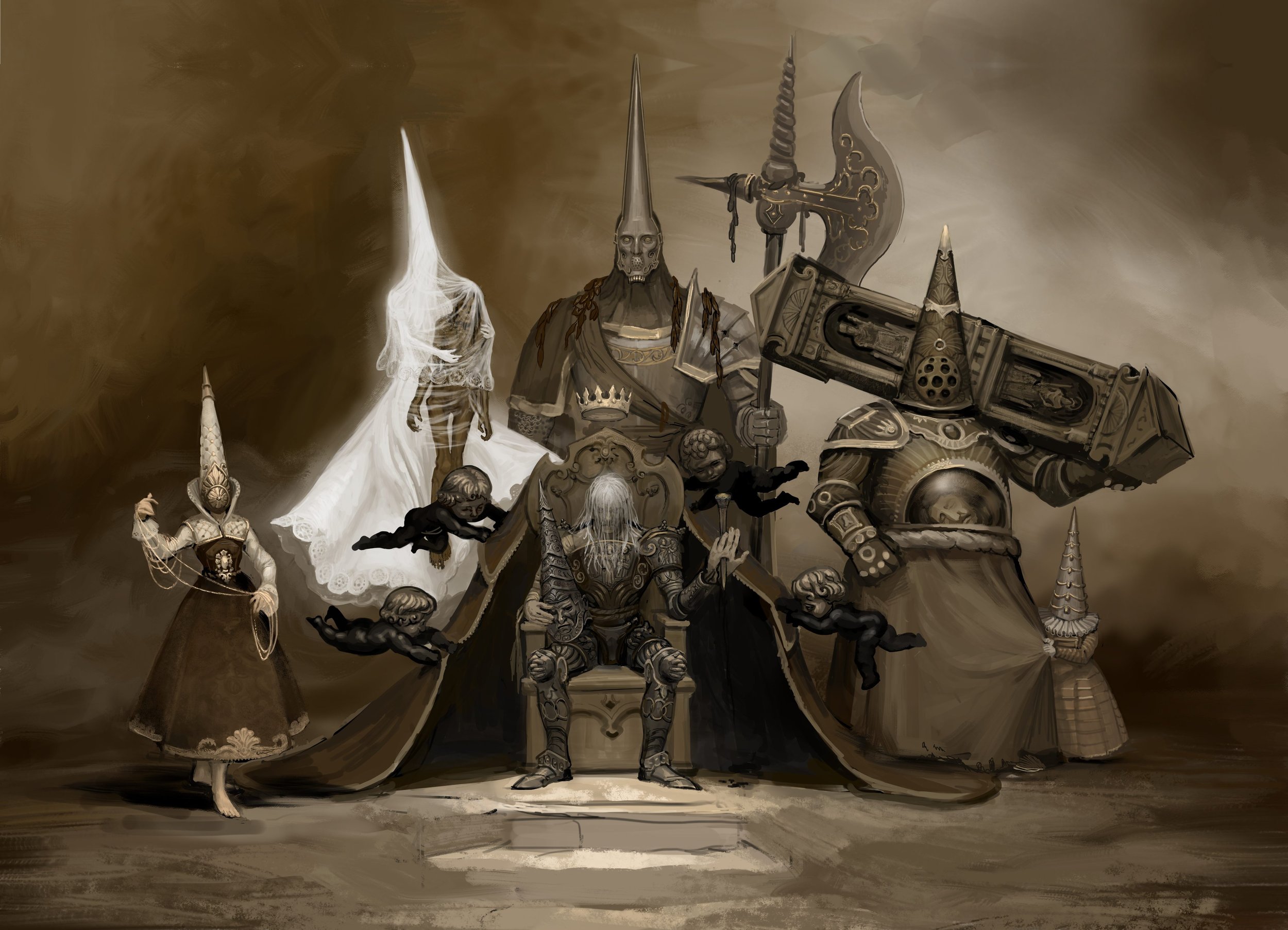
The gallery above includes character concept art from Juan Miguel López Barea —these are the pieces that particularly captured me. While many of the game’s backgrounds, shared below, were conceptualized by Jesús “Nerkin” Campos. Both artists can be found online and following their online portfolios is recommended. Much of the game’s soundtrack has been shared online by the composer, Carlos Viola.
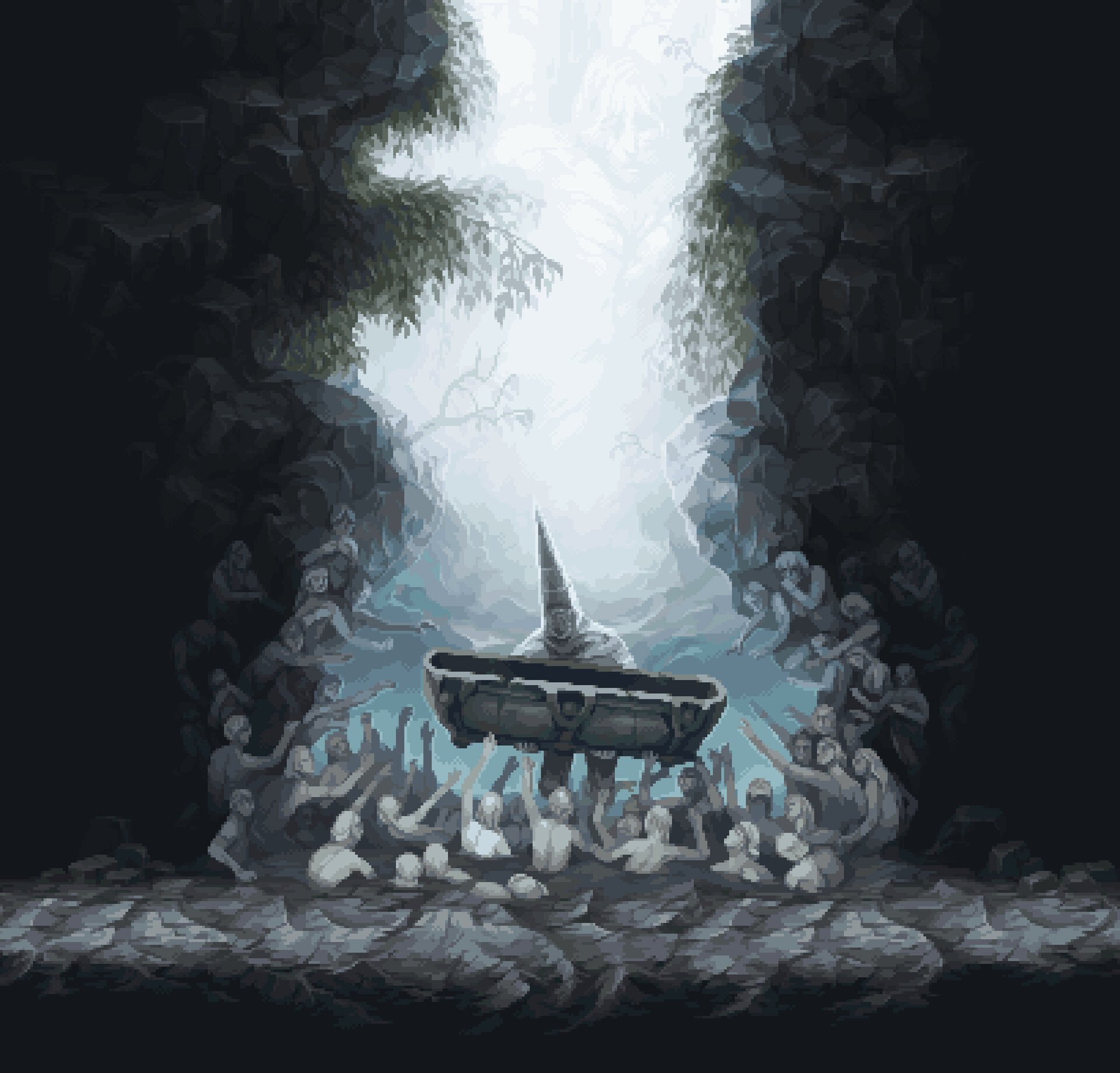
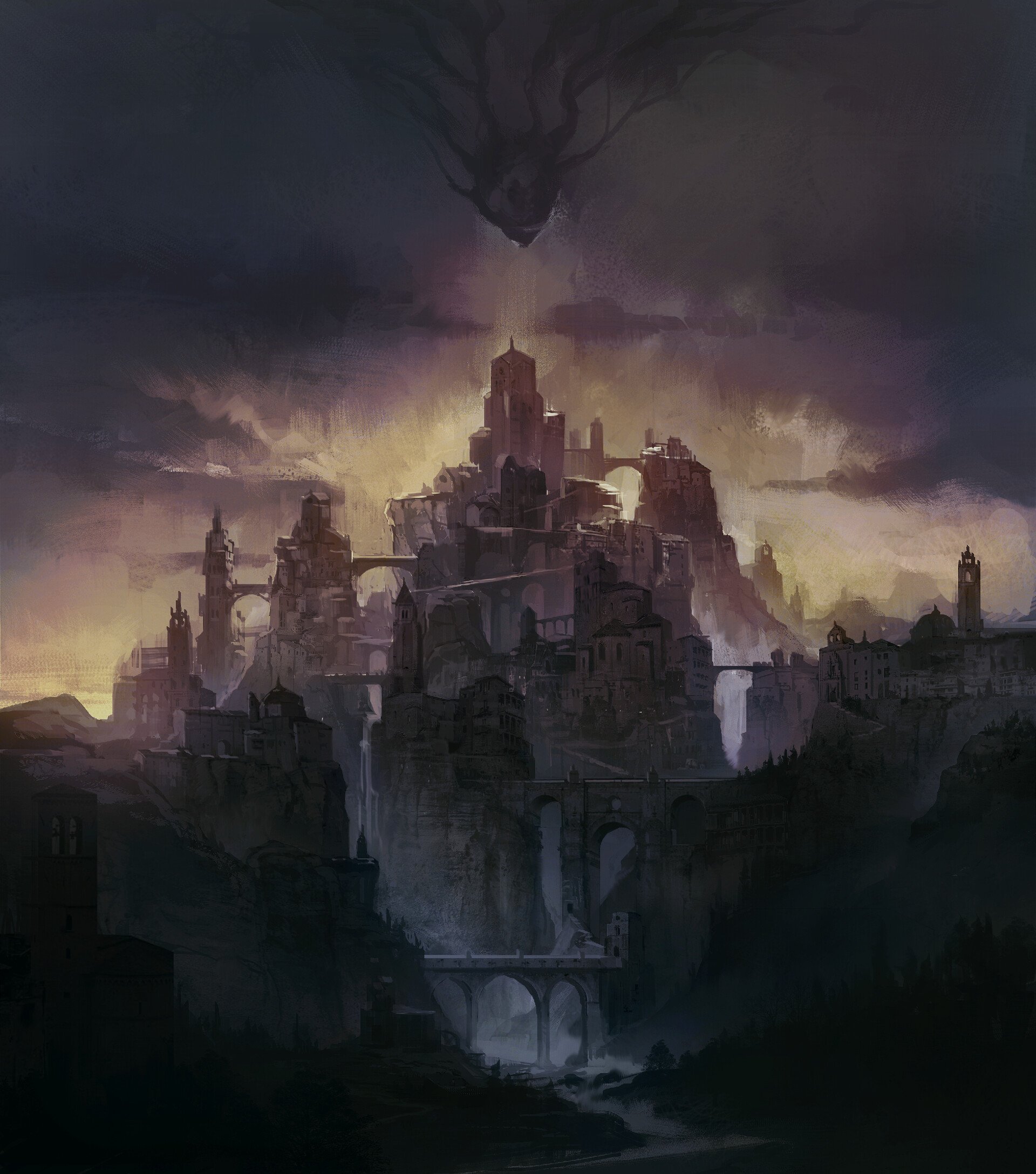
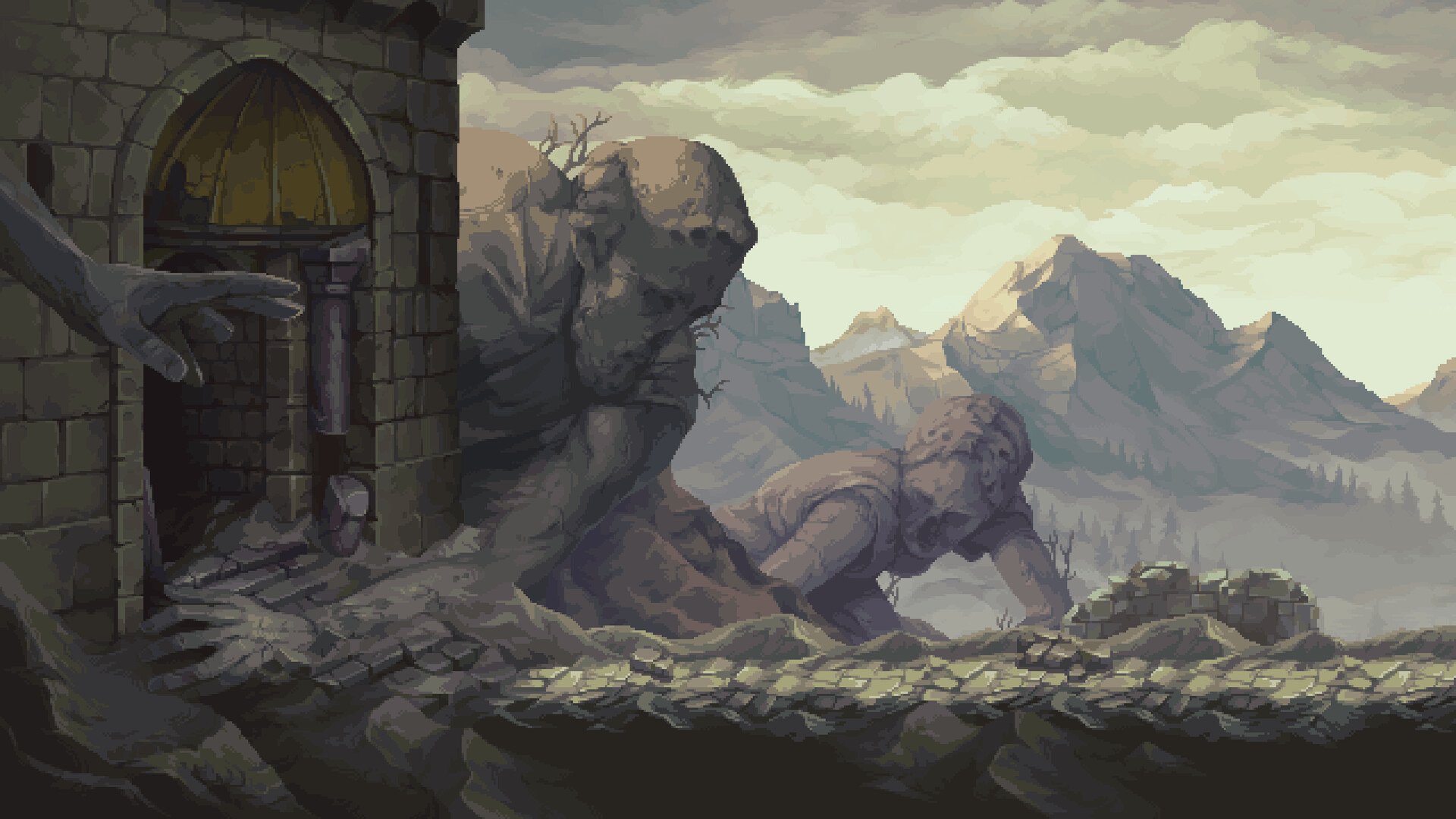

While Blaspemous 2 ultimately lands as a solid example of the Metroidvania genre, I did find the game's final moments a little lackluster. There are two showdowns at the end of this journey, one against the stalwart guardian of The Miracle and one against the being born from the heart that pounds in the clouds. The guardian is a challenging duel of sword and wit that required changing up my equipment and becoming acutely aware of every moment. Once bested though, the looming cosmic threat – while visually striking – was more about basic pattern recognition and equipping rosary beads that protect against magic. There could have been more emphasis on this last push for freedom from the light of The Miracle and even achieving the means to see the game’s true ending doesn’t change this battle, but merely alters the game’s final cutscene. That said, the true ending of Blasphemous 2 is a satisfying end to the pain of the Penitent One.
Despite enjoying the first myth of The Penitent One more, I do believe that both of these games complement each other well thematically and mechanically. Anyone who discovers these games really should play both soon after the other. The overall legend of The Penitent One, the struggles of those blessed by the gifts of The Miracle, the growth of Crisanta, and the effort one has to put in to experience all of this is deeply inspiring and mechanically rewarding.
All in all, Blasphemous 2 is a great game of this style. It performed exceptionally on the Steam Deck which is where I played most of the game; in fact, it might be the best Steam Deck experience I have had so far. Roughly 20 hours of satisfying exploration of a fascinating world resulted in me eager to return to the first game and tackle the more challenging extras.
Although, as the last notes of this psalm of The Penitent One echo through the hills of a world desperate for salvation, I can’t help but wonder what sights lie ahead.
Regardless, I hope –like the sculptor Montañés– that The Game Kitchen gets to further hone their latest title. There is an amazing game here that’s just shrouded in a thin veil of sawdust. An extra chip here, a little more varnish there, and Blasphemous 2 will captivate many for years to come like its elder.

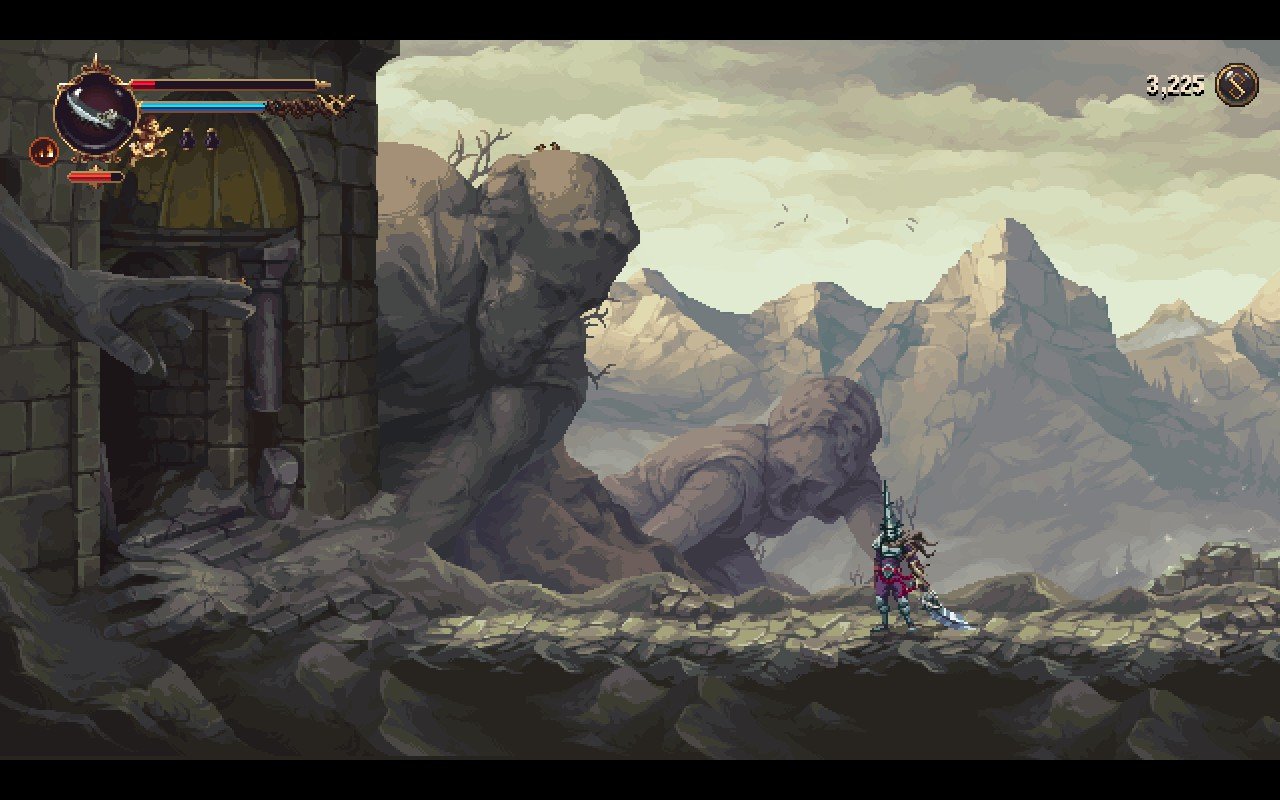
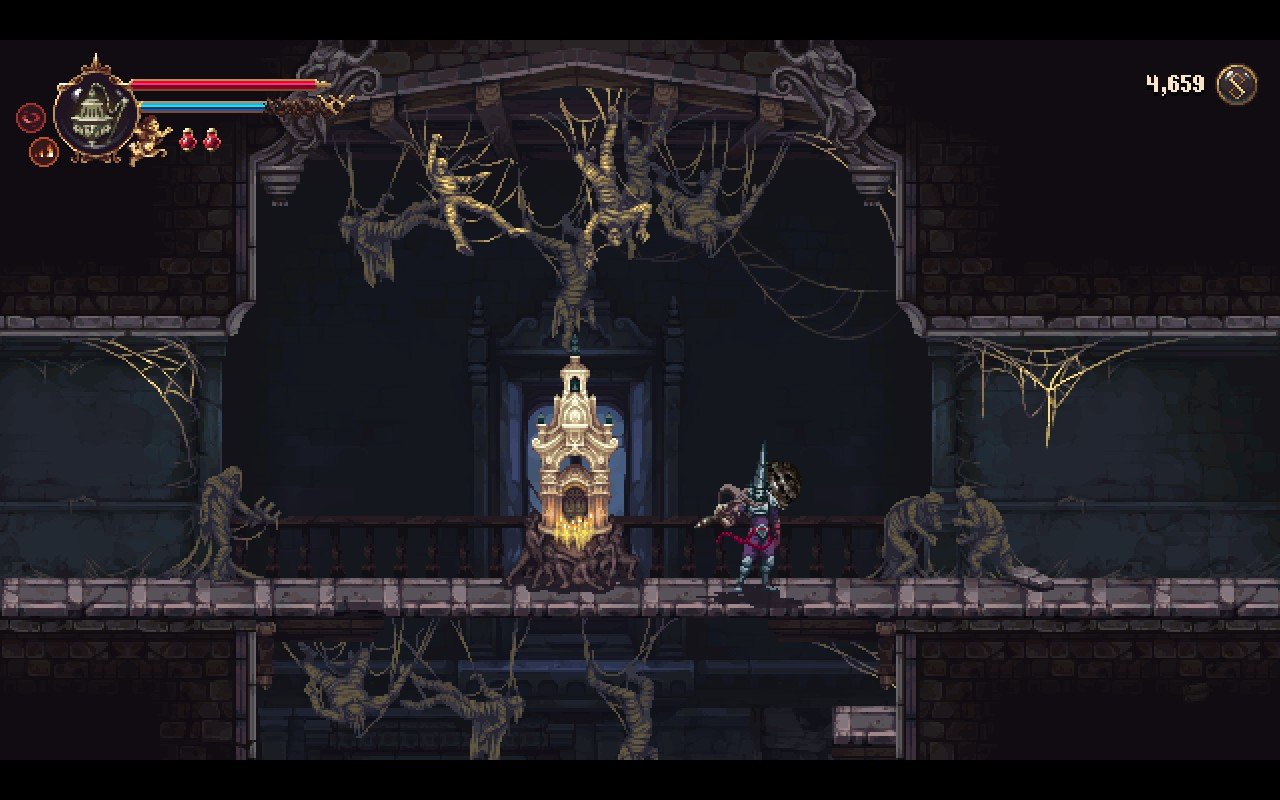
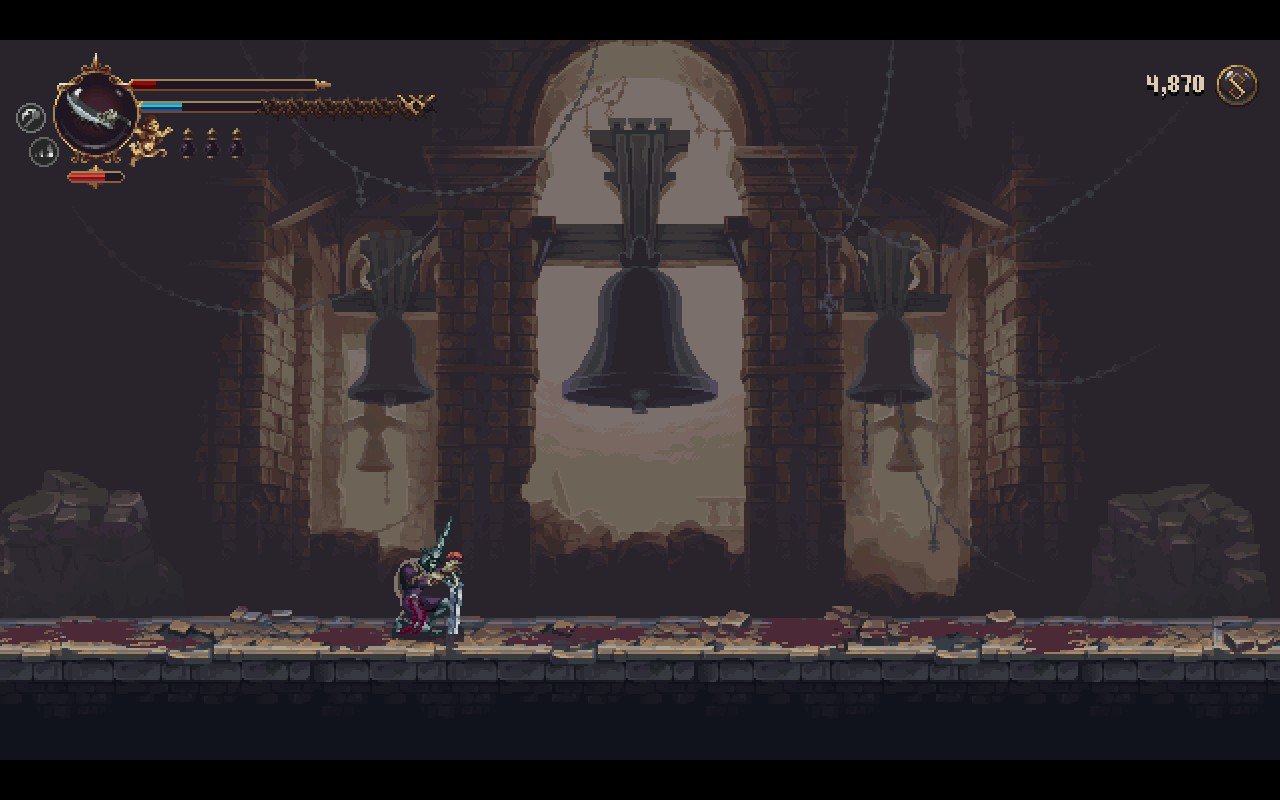

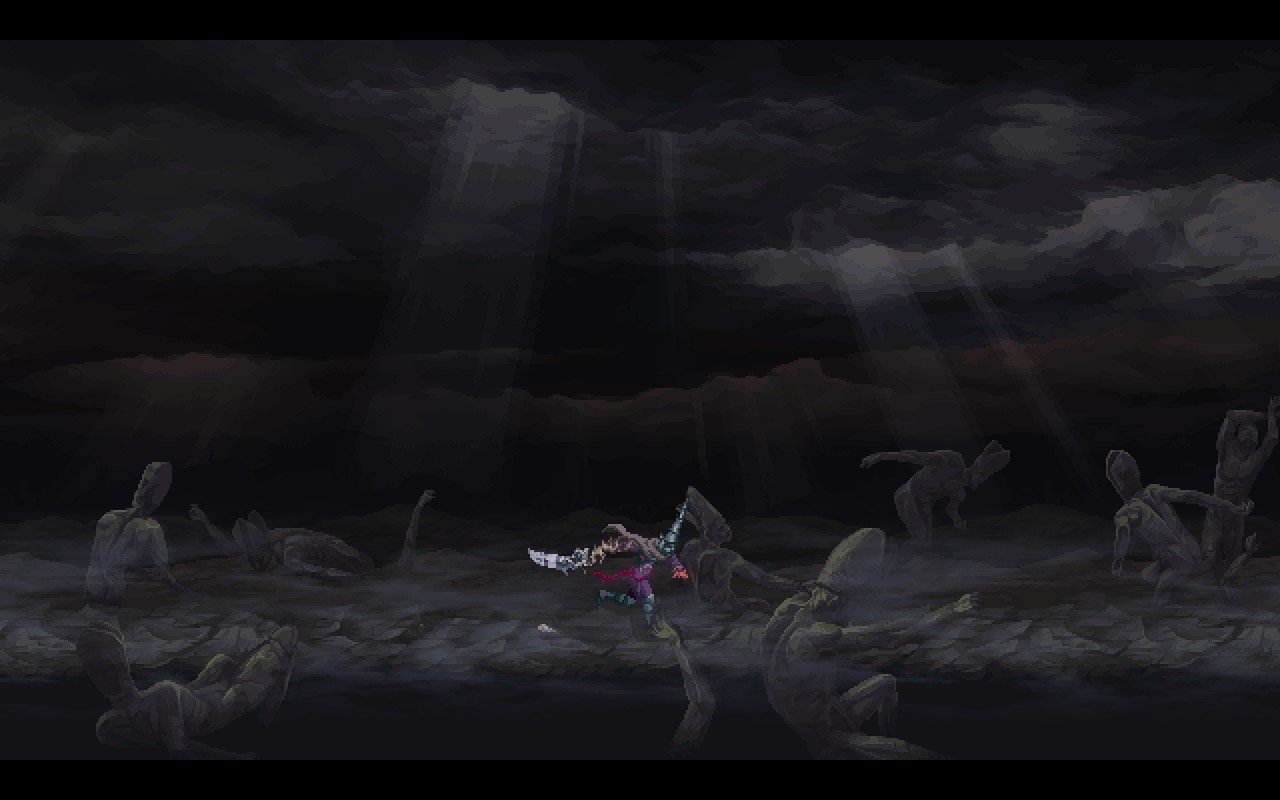


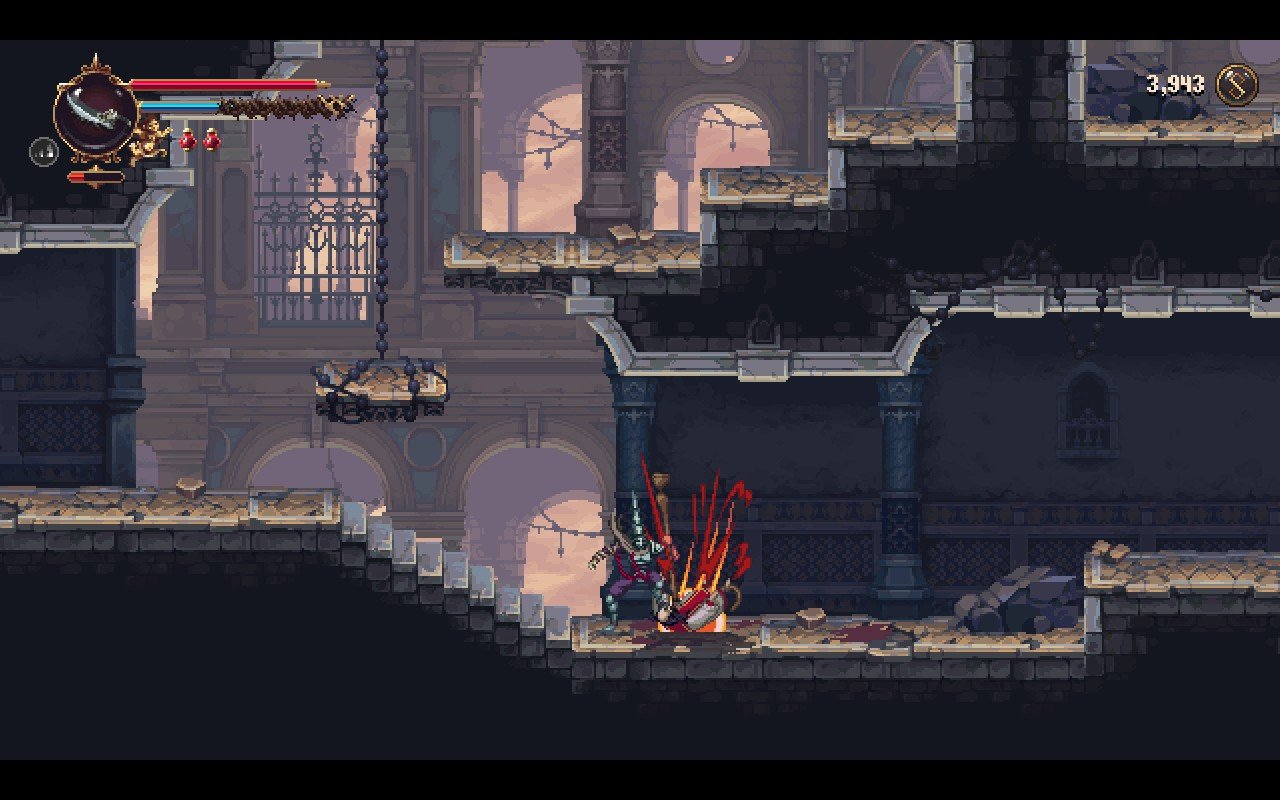
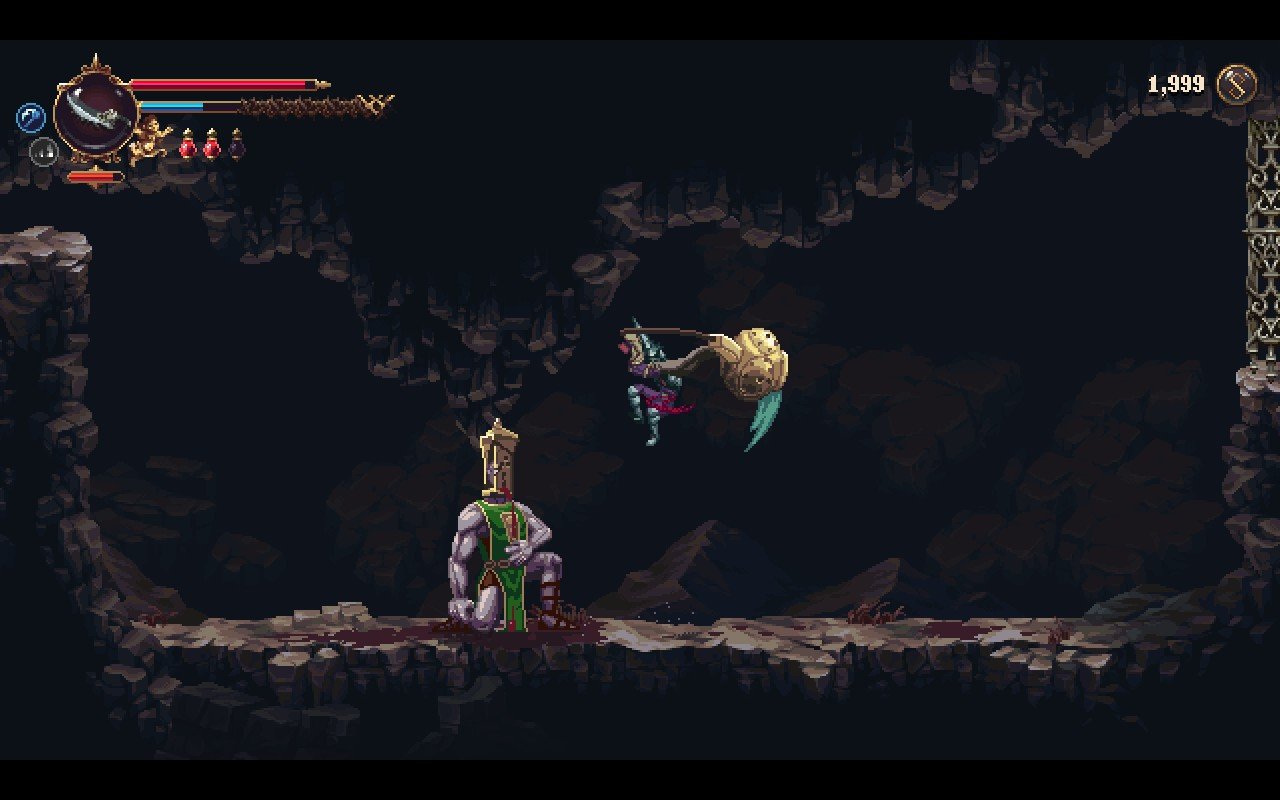
SCORES
GAMEPLAY - 7/10
VISUALS - 7/10
SOUND - 8/10
CONTROLS - 8/10
REPLAY VALUE - 8/10
OVERALL - 7.6/10
Learn more about Blasphemous 2 on the official website. A digital Steam copy was provided for the purpose of review. Screenshots were captured through native Steam Deck and Steam features.



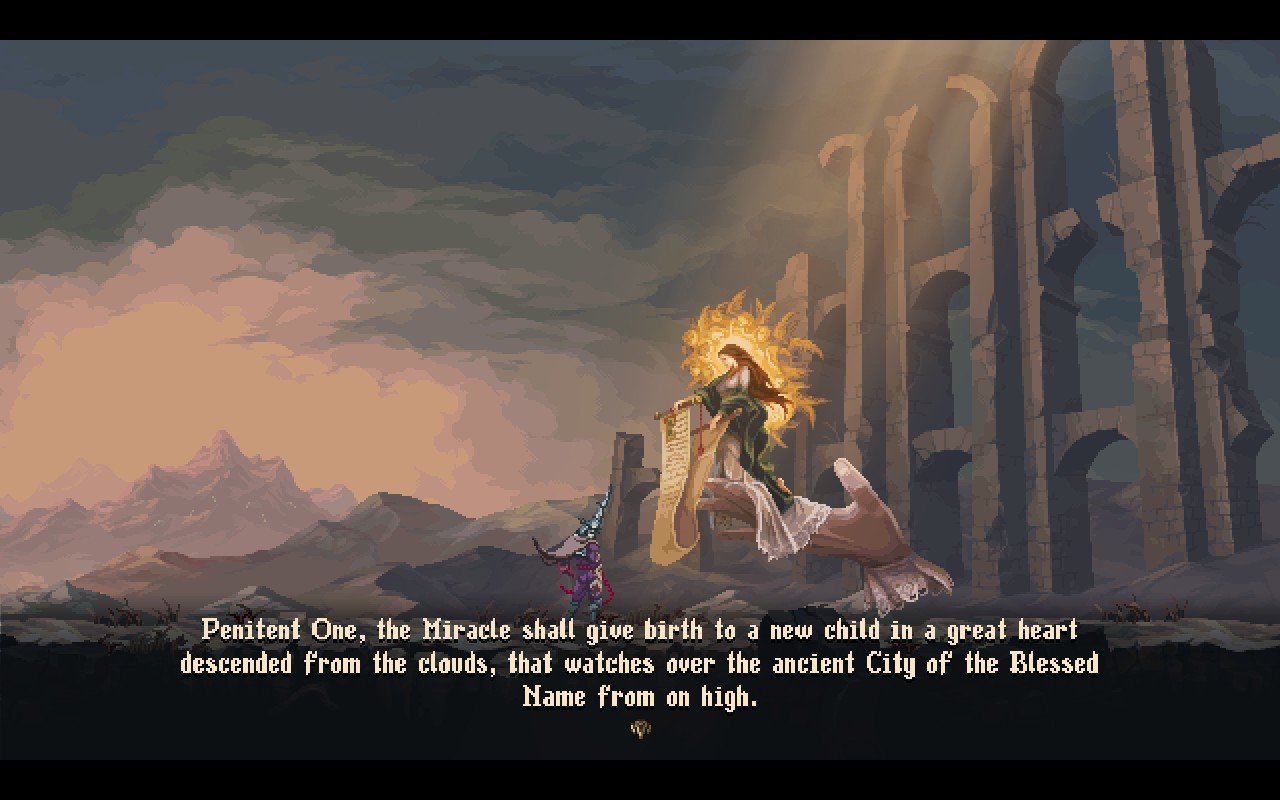


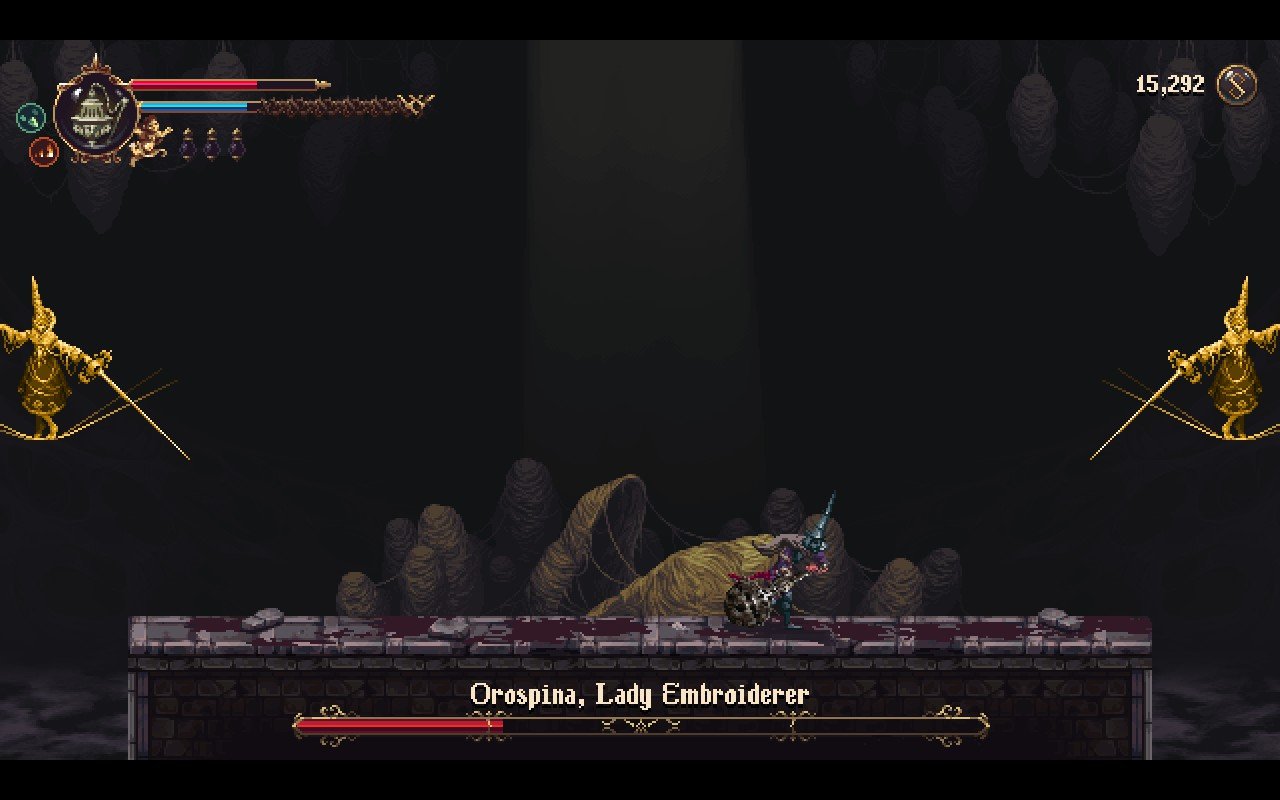
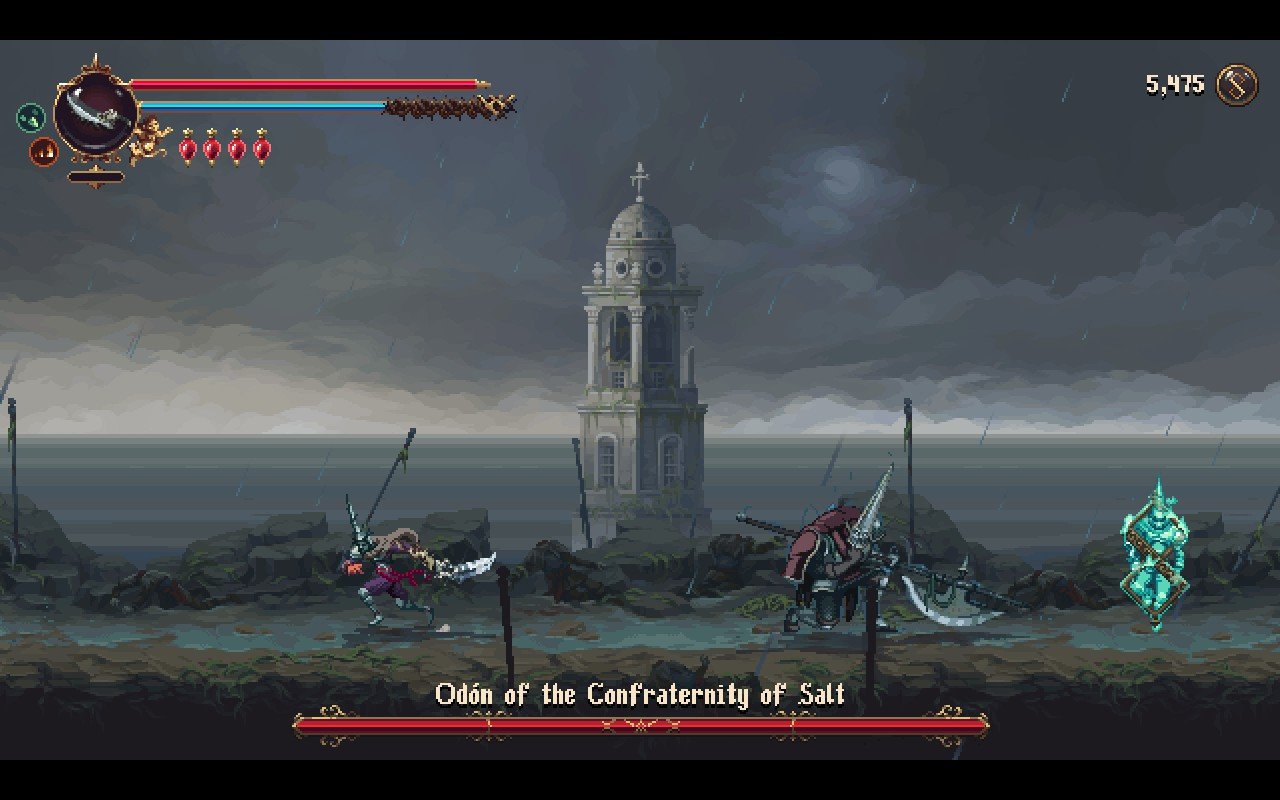
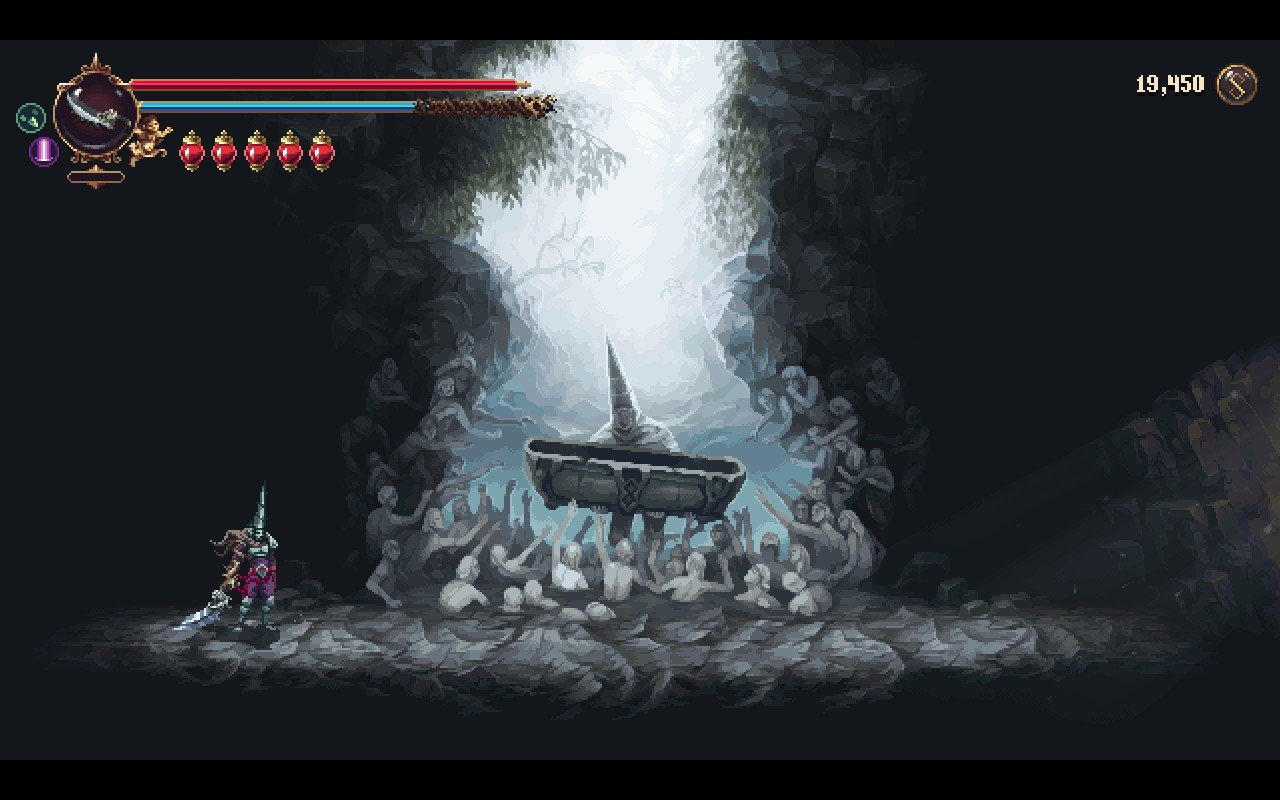


Pentiment is a medieval murder mystery spanning over two decades of story, bringing players into a 16th-century setting full of humanity and history.